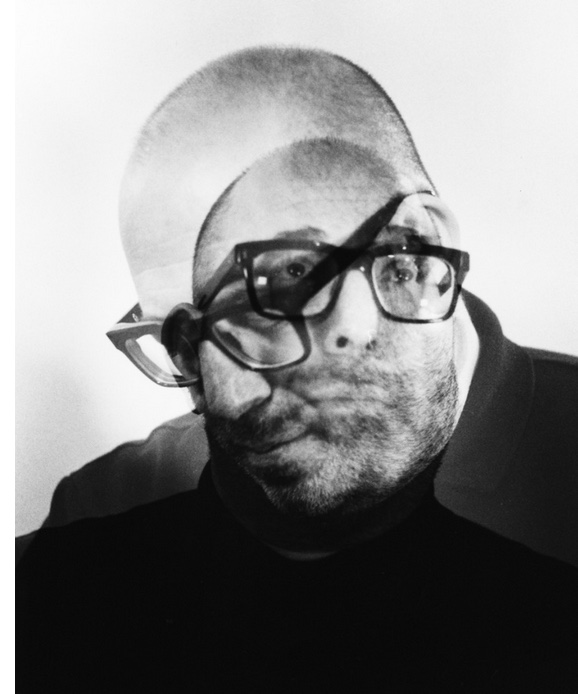by Mike Telin

To celebrate their 15th anniversary No Exit has created their most ambitious project to date. Enter Surreality, a season-long series that encompasses a range of artistic media to present an immersive, multidisciplinary exploration of surrealism as expressed in music, art, film, poetry, literature and performance art. “We hope people will enjoy exploring the irrational, illogical, inexplicable, strange, and utterly fantastical world that is surrealism.”
If you think this may be too academic, not to worry, “It’s an experiential thing,” Beyer said. “Whether you know a lot or nothing, you should be able to enjoy it. We even say in our program note: ‘this will tell you everything or nothing that you need to know to comprehend the following events.’ Surrealism does cover the gamut of the arts and more, and I think that has been a big part of its lasting relevance.”
Although surrealism was born in Europe during the aftermath of World War I, when it reached the United States in the 1930s it quickly began to appear in advertising and consumerism. “We’ve all become so inundated with surrealist things that it’s ubiquitous. So part of the challenge with this festival was coming up with programs that have the feeling of the strange — what was shocking to people in the ‘30s is simply not shocking today.”

The series kicks off with Games, a multidisciplinary program which takes its inspiration from the parlor games and thought exercises employed by the Surrealists. The program will feature world premieres of works by Adam Roberts, Maya Bennardo, James Praznik, and Timothy Beyer. During the performance No Exit will be joined by andPlay — Maya Bennardo (violin) and Hannah Levinson (viola) — along with poets Ray McNiece and Raja Freeman. Collaborage, a corresponding art installation is on view at Heights Arts through October 15. Performances are on Thursday October 12 in Kent State University’s Ludwig Recital Hall, Friday, October 13 at Heights Arts and Saturday, October 14 at SPACES. All performances begin at 7:00 pm and are free.
“Almost everything on the program has been derived from surrealist parlor games,” Beyer said. “So we are using the same methods as the original group did to come up with all of this, whether it’s the art, musical pieces, or literature.”
Beyer noted that the surrealists were very interested in the unconscious and devised ways to tap into it. “Although we won’t be playing the games in performance, we strictly adhered to those techniques. And because of that, I think we all wrote pieces in a way that we have never written before.”
What were the games? “I think the most famous one is Exquisite Corpse, which was originally a visual game.” Beyer explained that a piece of paper is folded into three sections. One person draws on one section, another draws on another and so on, without knowing what the others have drawn. “Basically what you end up with is something random and juxtaposed in ways that shouldn’t naturally happen.”
Beyer said that for his piece, Didactic Perplaxity Ritual, he used a technique created by Salvadore Dali. “The paranoid critical method is where you self-induce a state of delirious paranoia, and while in that state you can access this illogical, irrational unconscious.”
Dali used this technique while creating pieces that contain multiple images. “There’s a great photo called seductive death. At first it looks like a skull, but when you look closer it’s the bodies of naked women forming a skull. So it’s not one thing but two, three, or four things depending on your perspective.”
Another technique used by the surrealists is automatic writing or psychograph — a person holds a writing instrument and allows the spirits to manipulate their hand.
“Games” also includes the world premieres of memory pieces (derived from Chopin’s Minute Waltz) by three anonymous composers. “We asked each composer to sit down and transcribe Chopin’s Minute Waltz, and to do that without listening to it, looking at a score, or using an instrument, but to pull it out of their minds and write it down.”
And the results? “One sounds kind of close and the others don’t. One of the composers, as it turns out, had never heard it, although he was familiar with Chopin, so that helped a little.” Beyer remained secretive as to who the three composers were, other than to say, “they are all wonderful composers, by the way.”
“Games” also features the world premieres of poet Ray McNiece’s Fable of the Ants and The Heart’s, and Raja Freeman’s Conspiracy. Click here to read an interview with Ray McNiece.
Surreality continues from November 30 through December 2 with The Unconscious, featuring long-time No Exit collaborators Zeitgeist. The whole series runs through May 2024.
Published on ClevelandClassical.com October 8, 2023.
Click herefor a printable copy of this article


